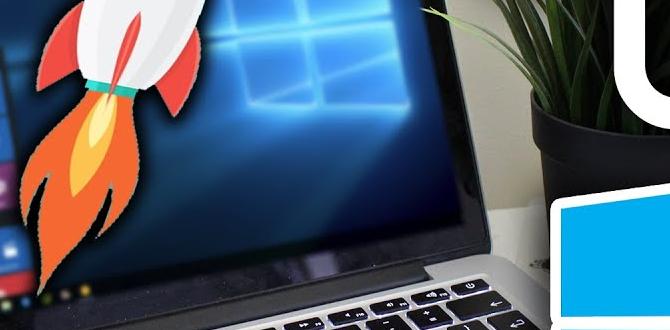Optimize Windows 7 Settings
Adjust Power Settings
Disable Visual Effects
Optimize Virtual Memory
When it comes to gaming on Windows 7, optimizing your settings is crucial for a smooth and enjoyable experience. To start, adjusting your power settings can help enhance performance by ensuring your system is running at its best. Next, disabling unnecessary visual effects can free up resources and improve gaming efficiency. Additionally, optimizing virtual memory settings can provide a necessary boost to your system’s responsiveness.
Update Drivers and Software
Update Graphics Drivers
Update DirectX
Update Game Optimization Software
Keeping your drivers and software up to date is essential for optimal gaming performance on Windows 7. Begin by updating your graphics drivers to ensure your GPU is running efficiently. Updating DirectX, the collection of APIs for handling multimedia tasks, can also significantly impact your gaming experience. Lastly, make sure to update any game optimization software you use to streamline performance and maximize gaming potential.
Disk Cleanup and Defragmentation
Run Disk Cleanup
Perform Disk Defragmentation
Regularly cleaning up and defragmenting your disk can improve your PC’s speed and responsiveness. Running disk cleanup helps to free up disk space by removing temporary files and unnecessary data. Performing disk defragmentation organizes data on your disk for faster access, ultimately enhancing overall system performance.
Upgrade Hardware Components
Increase RAM
Upgrade to SSD
Upgrade Graphics Card
Upgrading hardware components can significantly enhance your PC’s gaming capabilities. Increasing your RAM allows for smoother multitasking and improved game performance. Upgrading to a solid-state drive (SSD) can drastically reduce loading times and boost overall system speed. Additionally, upgrading your graphics card to a more powerful model can provide a substantial performance increase for gaming.
Disable Startup Programs
Use Task Manager to Disable Startup Programs
Disabling unnecessary startup programs can help your PC boot up faster and allocate resources more efficiently. Use the Task Manager to manage startup programs and disable any that are not essential, ensuring a quicker startup process and improved gaming performance.
Conclusion
By optimizing Windows 7 settings, updating drivers and software, performing disk cleanup and defragmentation, upgrading hardware components, and disabling startup programs, you can significantly enhance your PC’s speed and performance for gaming on Windows 7. Implementing these strategies will help ensure a smoother gaming experience with improved responsiveness and efficiency.
FAQs
1. How often should I update my graphics drivers for gaming on Windows 7?
It is recommended to update your graphics drivers regularly, ideally once every few months or whenever a new update is available from the manufacturer.
2. Can upgrading to an SSD really improve gaming performance on Windows 7?
Yes, upgrading to an SSD can significantly reduce loading times and improve overall system responsiveness, leading to a better gaming experience on Windows 7.
3. Why is it important to disable visual effects for gaming on Windows 7?
Disabling visual effects can free up system resources and allocate them towards gaming, resulting in smoother gameplay and better performance.
4. Should I defragment my disk regularly for gaming on Windows 7?
Yes, performing regular disk defragmentation can help organize data on your disk for faster access, leading to improved gaming performance on Windows 7.
5. How can upgrading my RAM enhance gaming on Windows 7?
Increasing your RAM allows for smoother multitasking and better performance in games that require more memory, ultimately improving the gaming experience on Windows 7.
